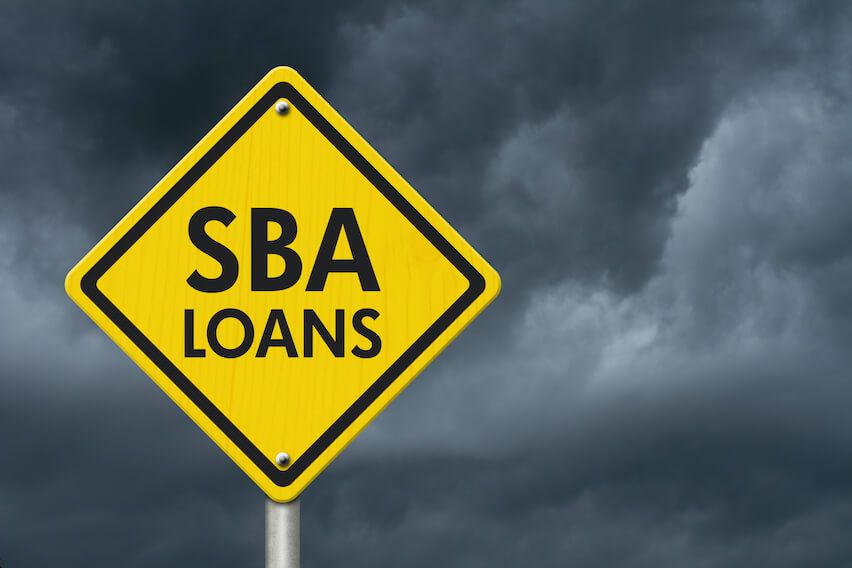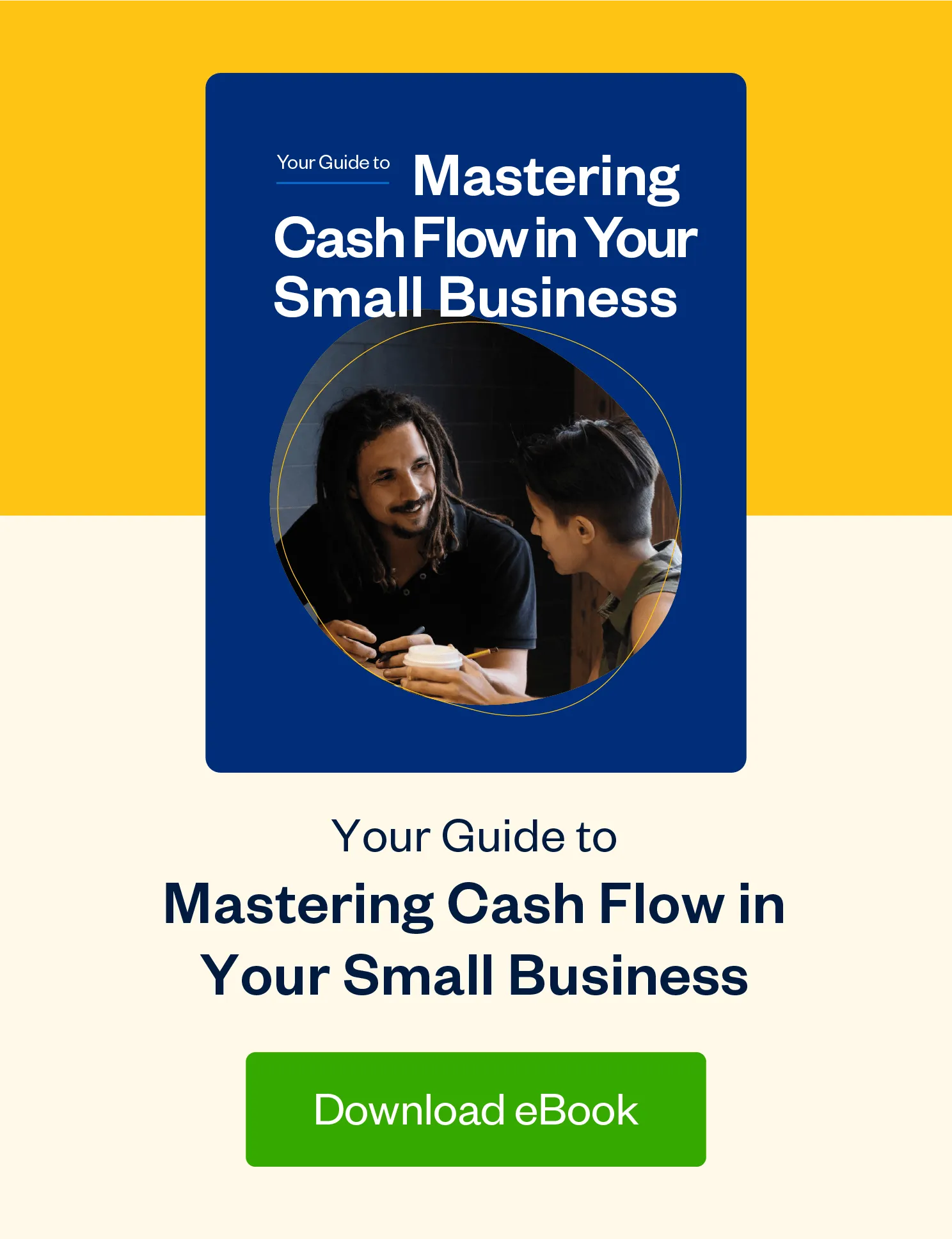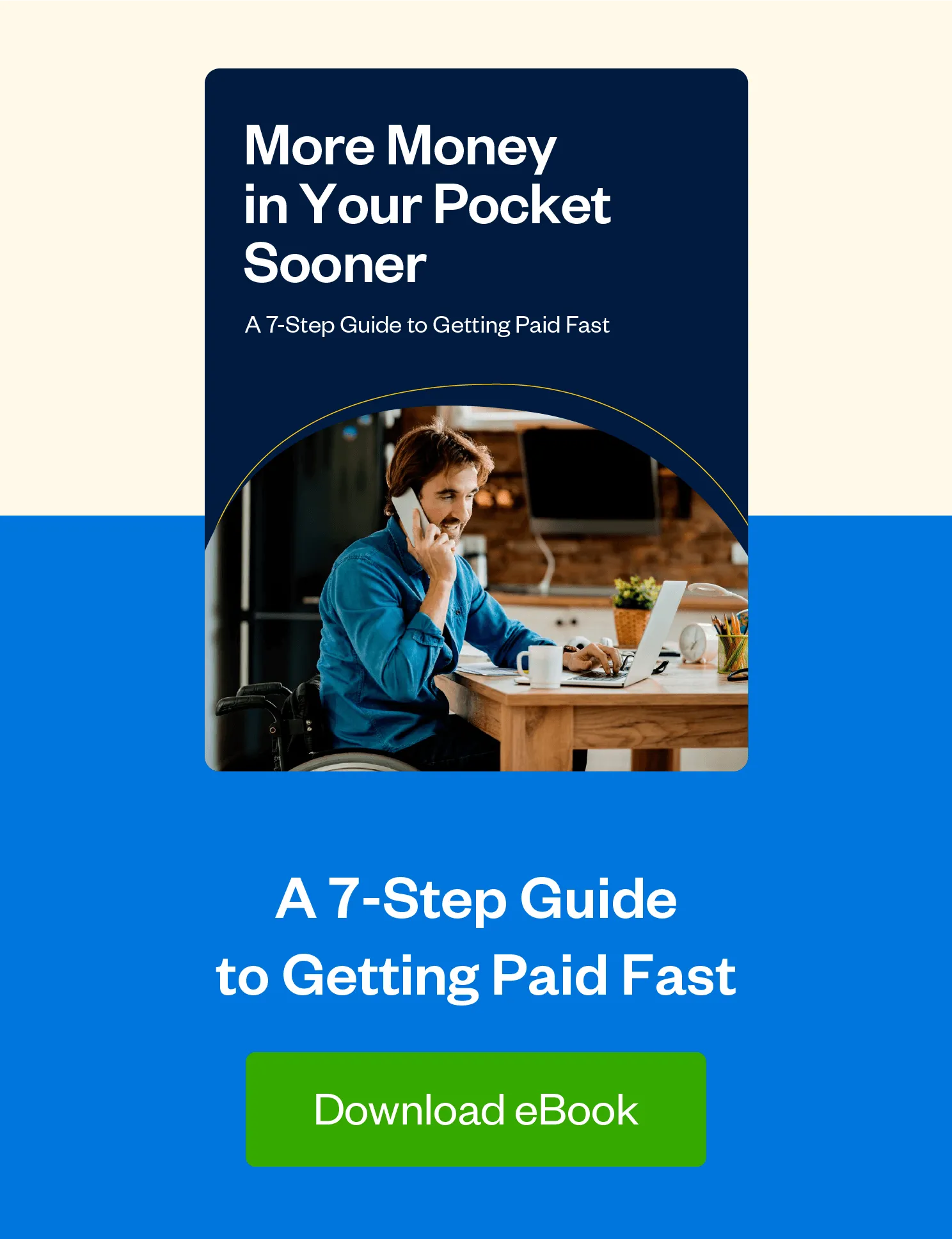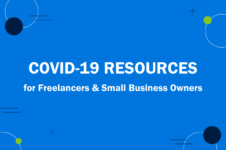Options like SBA disaster loans to get your business the help it needs during the COVID-19 crisis and beyond.

If you don’t have a lot of cash on hand to see your business through a global pandemic, you’re not alone. Small businesses are the backbone of the U.S. economy, but many aren’t prepared to forgo revenue for weeks or months.
Help is available, but it’s important to know where and how to get it. If your business has been hit hard by COVID-19, the Small Business Administration (SBA) has options that will help you to get the cash you need.
*IMPORTANT* PPP update: The Paycheck Protection Program and Health Care Enhancement Act has made another $310 billion available for small business owners. The SBA will start accepting applications for the Paycheck Protection Program (PPP) on April 27, 2020. There have been no changes to the application (get a copy here). If you had trouble getting funded when the PPP was last open, you may want to check with community banks and credit unions, as $60 billion of this funding is earmarked for small lenders. Some online lenders are also facilitating loans through the PPP.
The SBA will start accepting Economic Injury Disaster Loan (EIDL) applications again, including for the emergency grant. You can check to see when they will begin accepting applications on its website. These programs are likely to run out of funding again so if you want to apply, do so as soon as possible.
Two options that the SBA is offering are the PPP and the EIDL program, often colloquially referred to as SBA disaster loans. Here’s how these two programs work and how you can use them to keep your business running during tough times.
SBA Disaster Loans: Paycheck Protection Program (PPP)
When the U.S. Senate enacted the $2 trillion Coronavirus Aid, Relief and Economic Security (CARES) Act, the SBA announced it would back $349 billion in loans designed to help small businesses struggling with COVID-19. This relief is coming under a program called the PPP.
Loans through the PPP are designed to cover some working capital costs for businesses and help them retain their employees.
These aren’t loans made directly by the SBA to you. Instead, they are made through SBA 7(a)-approved lenders and are 100% guaranteed by the SBA.
Highlights of the program include:
- Can be used to cover payroll costs, rent, mortgage payments and utilities
- No personal guarantee or collateral is required for the loan
- Maximum interest rate is 4% for a maximum loan term of 10 years
- Loan limits of $10 million are available (loan terms are determined by using business payroll costs)
- The loan can be forgiven if you meet certain requirements
Who Qualifies for the PPP?
These loans are available to a wide range of people: small businesses, sole proprietors, independent contractors and the self-employed. If the uncertainty caused by COVID-19 is impacting your business (and you certify to this in good faith), you will likely qualify.
Unlike the SBA EIDL program, which applies only if you don’t have access to other forms of credit, this is not a requirement of the PPP.
How Do You Apply for a Loan?
Since these loans are made through SBA-approved lenders, you’ll need to work with one of them to apply. Contact your bank to see if they are an SBA-approved lender. If not, you’ll be able to find one on the SBA’s website.
If you wish to begin preparing your application, you can download a copy here to see what information will be requested from your SBA-approved lender.
How Can You Get Your Loan Forgiven?
A huge benefit of this loan program is that lenders can forgive up to eight weeks worth of payroll, utility, rent and mortgage interest payments.
Here’s why: The goal of the PPP is to keep your employees working. So if you don’t reduce your headcount or wages for the eight weeks after you receive your loan funds, you’ll qualify for the loan to be forgiven.
If you do reduce headcount or wages, the amount of loan forgiveness you qualify for will decrease.
SBA Disaster Loans: Economic Injury Disaster Loan (EIDL)
Unlike the PPP, the EIDL program isn’t new. It is a program that helps homeowners and business owners recover from declared disasters with low-interest, long-term loans.
Usually, you can only apply for an EIDL if you live in a declared disaster zone (state and county). Due to COVID-19, the government has declared all U.S. states and territories a disaster zone. No matter where you live in the country, you are able to apply for EIDL relief.
Highlights of the program include:
- Loans provide up to $2 million to companies to fund things like payroll, debts, accounts payable and other bills that can’t be paid because of a decrease in revenue
- Interest rates are fixed as 3.75% for businesses and 2.75% for non-profits
- Loans are funded directly by the U.S. Department of the Treasury
- Maximum loan terms are 30 years
Who Qualifies for an EIDL?
The qualification criteria for an EIDL is a little narrower than for the PPP. Small businesses, non-profits, agricultural cooperatives and aquaculture cooperatives within declared disaster areas can qualify.
You must be able to show that you suffered an economic loss as a result of the disaster, and that you don’t have credit options elsewhere. Your credit history will also be reviewed to determine whether you qualify.
What Is the Process for Applying for SBA Disaster Loans?
You can apply for assistance directly on the SBA website. There have been current issues noted with the online application process. If these affect you, you also have the option to apply by mail.
The SBA then reviews your credit, verifies that you have losses as a result of COVID-19 and determines whether you are eligible for a loan. Its goal is to reach a decision within two to three weeks, though the current volume of applications may impact that.
Once you’ve been approved for the loan and have signed the closing documents, your loan funds will be disbursed within five days.
Documents to Gather for Your Application
You’ll need to gather a lot of documents to apply for SBA disaster loans, so start pulling them together as early as you can. This includes:
- A copy of your credit report with credit scores
- Personal financial statements (SBA Form 413) for every owner with at lease a 20% ownership interest
- Tax returns (both personal and business) for the last three years
- Year-to-date business financial statements
- Monthly sales figures beginning three years before the disaster and continuing through to the most recent month (SBA Form 1368)
- SBA loan application (SBA Form 5)
- IRS Form 8821/4506-T for each owner with at least 20% ownership interest
(source)
Additional Assistance Programs
While these are two great programs that offer a lot of support to small businesses, they aren’t your only options.
Emergency EIDL Grants
If you apply for an SBA EIDL, you may be able to request an emergency grant up to a $10,000, which will be distributed by the SBA within three days. Even if you end up not being approved for an EIDL, you won’t need to repay the grant. You can use the emergency grant for maintaining payroll, providing sick leave to employees, buying materials, making rent or mortgage payments, and repaying obligations that can’t be met because you’ve lost revenue.
SBA Express Bridge Loans
The time between when you apply for your SBA EIDL and when you receive the funds can be tough for many businesses, especially as we are already weeks into this crisis. The goal of the Express Bridge Loan is to get you the crucial money you need as you wait for your loan funds to arrive. The Express Bridge Loan offers up to $25,000 from an SBA Express Lender quickly. You’re only eligible for a bridge loan from a lender who you have an existing banking relationship with.
Main Street Business Lending Program
The Federal Reserve will soon be announcing a program to offer loans to small- and medium-sized businesses. Details about how the program will work and who will qualify haven’t been shared yet.
For a more complete list of all resources available to you, check our listing of COVID-19 resources, which is updated regularly.
Bottom Line
Everyone is struggling as a result of COVID-19, but there are some great resources available to help small businesses weather the storm. The lending process can take weeks. So if you think your business will need additional assistance, start collecting the information you’ll need to complete an application as early as possible.
about the author
Erica Gellerman is a CPA, MBA, content marketing writer, and founder of The Worth Project. Her work has been featured on Forbes, Money, Business Insider, The Everygirl, and more. She currently lives in Hawaii.

 How to Get a Small Business Loan in 7 Easy Steps
How to Get a Small Business Loan in 7 Easy Steps How Small Business Owners Can Prepare for a Recession
How Small Business Owners Can Prepare for a Recession Managing Your Business During Uncertain Times
Managing Your Business During Uncertain Times






